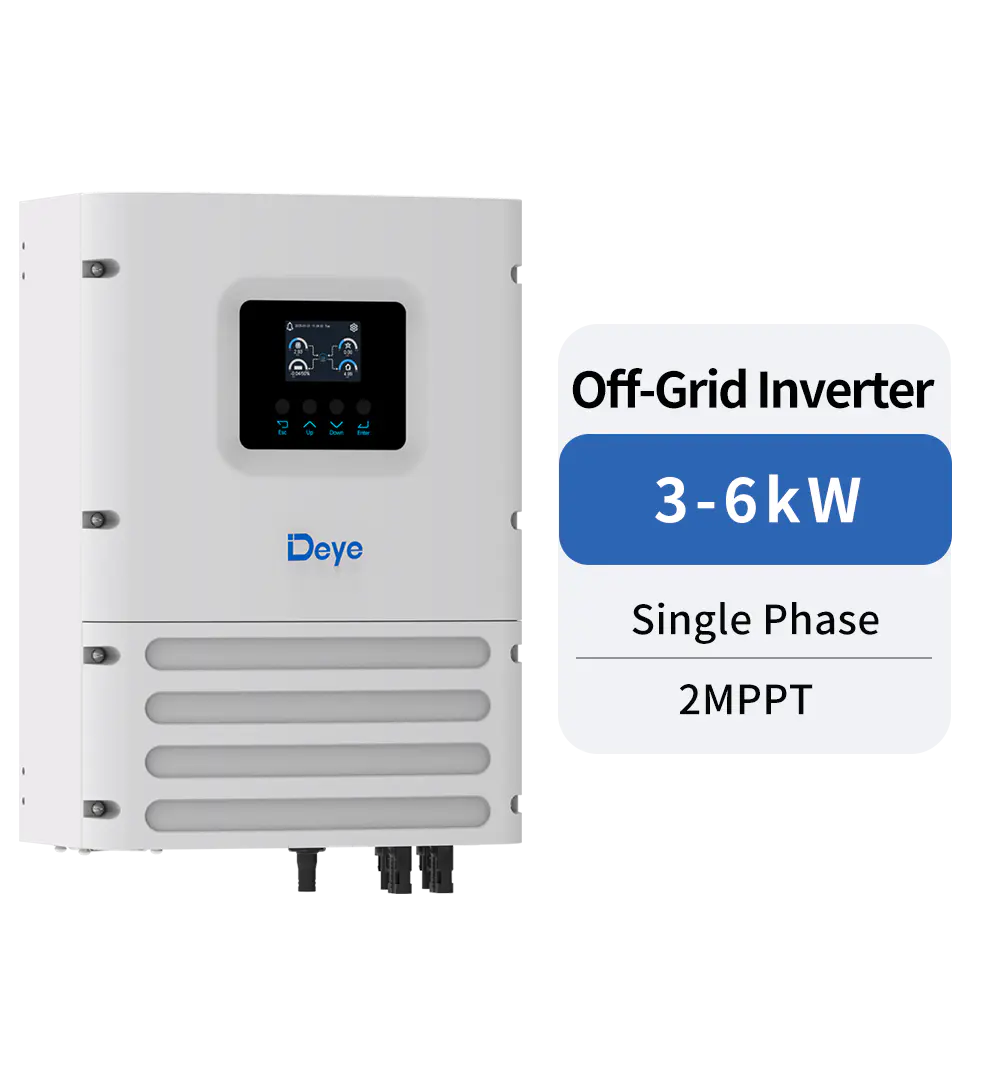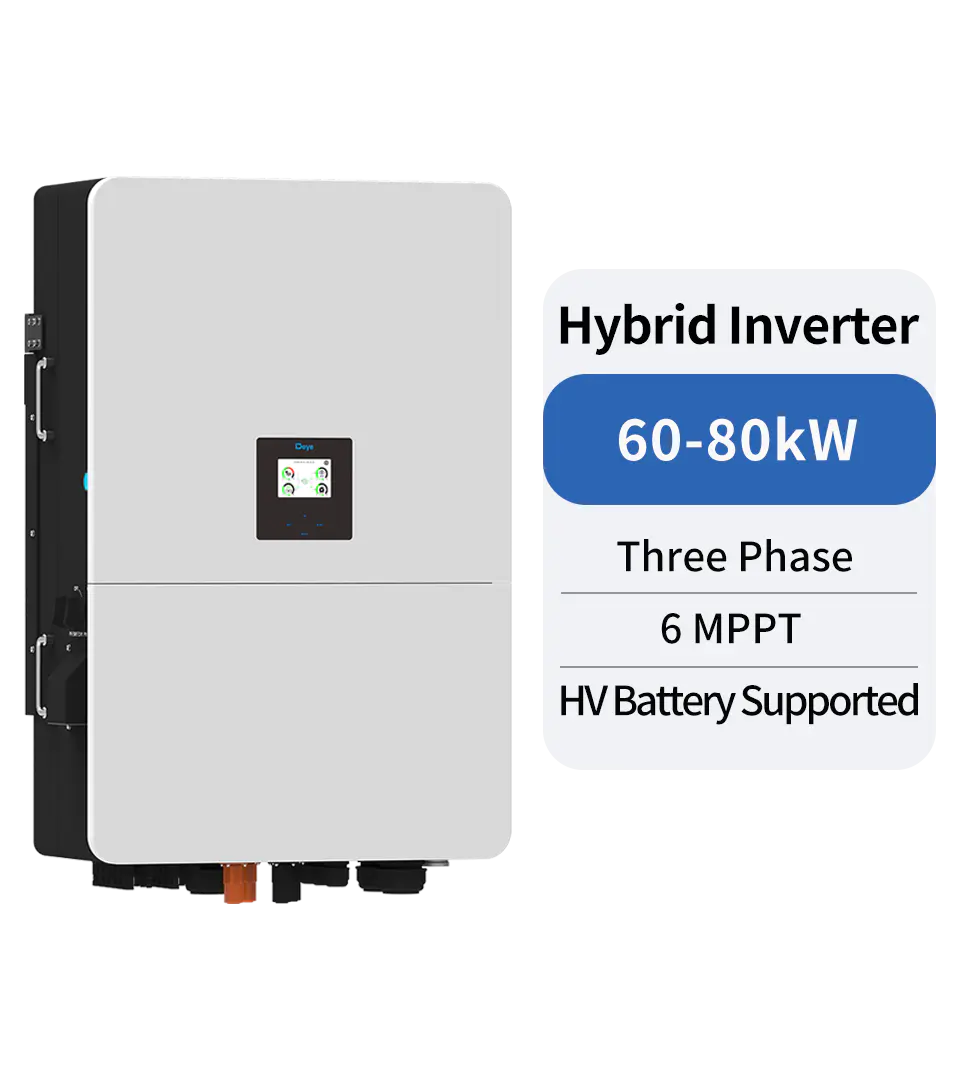Technical Topics
An Inverter Is a Must-Have in Your RV
1. What is an inverter and what does it do?
Simply put, an inverter is an electronic device that converts low voltage (12, 24, 48 volts, etc.) direct current into 220 volts alternating current. In daily life, the 220-volt alternating current is usually rectified into direct current for use, and the function of the inverter is just the opposite, hence the name "inverter". We are in a "mobile" era, mobile office, mobile communication, mobile leisure and mobile entertainment. In a mobile life, not only low-voltage direct current supplied by batteries or storage batteries is needed, but also 220-volt alternating current, which is indispensable in daily environments, inverters meet our needs in this regard.
2. According to the output waveform, how many types of inverters are there?
Mainly divided into two categories, sine wave inverter and square wave inverter. The output of the sine wave inverter is the same or even better sine wave alternating current as the power grid we use every day, because it does not have electromagnetic pollution. The output of the square wave inverter is a square wave alternating current with poor quality, and its positive max. value and negative max. value are generated almore at the same time, thus causing severe instability to the load and the inverter itself. In particular, the load capacity is poor, only 40-60% of the rated load, and it cannot carry an inductive load. If the load is too large, the third harmonic component contained in the square wave current will increase the capacitive current flowing into the load, and in severe cases, it will damage the power filter capacitor of the load. To deal with these shortcomings, there is a quasi-sine wave, also called modified sine wave, modified sine wave, and simulated sine wave inverter. There is a time interval between the output waveform from the positive max. value to the negative max. value, and the use effect is somewhat Improvement, but the waveform of the quasi-sine wave is still composed of broken lines, which belongs to the category of square wave, and the continuity is not good. In general, sine wave inverters provide high-quality AC power capable of driving any kind of load, but are also technically demanding and costly. Quasi-sine wave inverters can meet more of our electricity needs, with high efficiency, low noise, and cheap prices. They are mainstream products in the market.
3. What is "inductive load"?
Simply put, high-power electrical products made by the principle of electromagnetic induction, such as motors, compressors, relays, fluorescent lamps and so on. This type of product requires a starting current that is much larger (about 3-7 times) than the current required to maintain normal operation when starting. For example, a refrigerator that consumes about 100 watts of electricity during normal operation can have a starting power of more than 900 watts. Since the inductive load will generate back electromotive force voltage at the moment when the power is turned on or off, the peak value of this voltage is far greater than the voltage value that the inverter can withstand, and it is easy to cause instantaneous overload of the inverter and affect The service life of the inverter. Therefore, such electrical appliances have higher requirements on the power supply waveform.
4. What electrical appliances can the modified sine wave inverter be used for?
Modified sine waves are also divided into several types, from square waves that are almore the same as square waves to rounded trapezoidal waves that are closer to sine waves. Only the square wave is discussed here, which is also the waveform that more high-frequency inverters can provide at present. This type of modified sine wave inverter can be applied to notebook computers, televisions, video cameras, digital cameras, printers, various chargers, etc., and inverters with larger output power can also be applied to small electric heating appliances such as hair dryers , electric cups, kitchen appliances and so on. However, for inductive load electrical appliances such as refrigerators and electric drills, it is not suitable to use the modified sine wave inverter to supply power for a long time. Otherwise, it may cause damage to the inverter and related electrical products or shorten the expected service life.
PREV:How Inverters Work
NEXT:Solar Inverter Type -Deye
Share
Product recommendations
news recommendations
-

-
 Green Industry, Bright Future: Deye Distributor Summit – Dubai 2025 Concludes Successfully
Green Industry, Bright Future: Deye Distributor Summit – Dubai 2025 Concludes SuccessfullyIn November 2025, Deye Group successfully hosted the “Green Industry, Bright Future—Deye 2025 Dubai ...
-
 Deye’s Malaysia Johor Manufacturing Base Officially Breaks Ground — A Key Step Forward in Its Globalization Strategy
Deye’s Malaysia Johor Manufacturing Base Officially Breaks Ground — A Key Step Forward in Its Globalization StrategyOn October 2, 2024, Deye Group (hereinafter referred to as “the Company”) held a groundbreaking cer...

 China - 简体中文
China - 简体中文 Global - English
Global - English Brazil - Português
Brazil - Português Netherlands - Dutch
Netherlands - Dutch Italy - Italiano
Italy - Italiano Germany - Deutsch
Germany - Deutsch Spain - Español
Spain - Español France - Français
France - Français Vietnam - Tiếng Việt
Vietnam - Tiếng Việt Poland - Polski
Poland - Polski Australia - English
Australia - English


